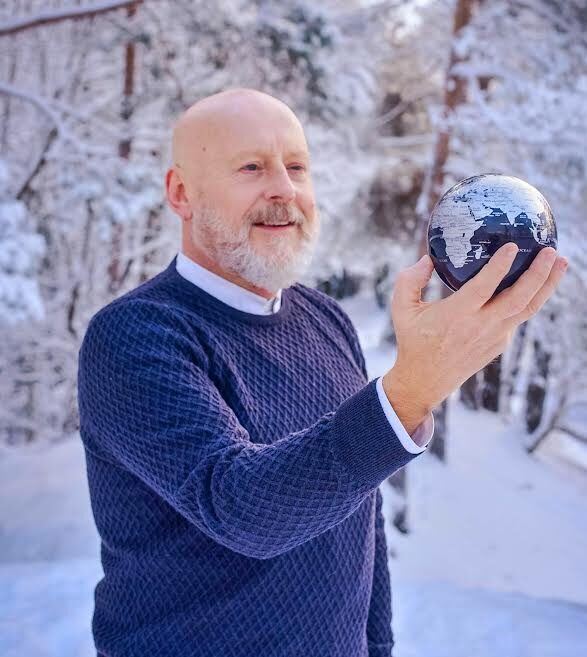Titicaca Lake after the Luxury train
The contrast of visiting the floating Uros islands on Titicaca Lake after the Luxury train journey from Cusco to Puno was immense. The day before, I had left the Norwegian group I had been hiking with to Machu Picchu. I was looking forward to a relaxing ten-hour journey on the train with white napkins and some extra service; it did not disappoint. Therefore, the contrast to arriving at my Airbnb room on Uros floating islands was enormous. Titicaca Lake is at 3800 latitudes, which makes it one of the highest lakes in the world.

PeruRail Titicaca
The PeruRail Titicaca offers an unforgettable journey between Cusco and Puno. A full day crossing the Peruvian Andes between the Imperial City of the Incas and the mystical Lake Titicaca. I have not been on the Orient Express or any other luxurious trains, but the PeruRail is worth a try. Since it is just a day train, they do not have any sleeping cars. But the service is excellent; you are greeted in a lounge and led to your table when entering the train. Lunch, whine and afternoon tea are included.

It was very nice to have this day of complete rest and see this vast landscape passing by the window. I happened to share the table with another Norwegian traveller. Unfortunately, I had a stomach problem that day, so I did not enjoy the food as much as I would have liked. Anyway, I enjoyed the relaxing atmosphere. And was excited about what would meet me in Puno.

Uros of Titicaca
The fairytale-like Uros Islands are made of totora reeds. Totora reeds were first used centuries ago to build these islands on Lake Titicaca by the Uro-Aymara families who made their home on the lake. The local people’s boats are also made from totora reeds and use these vessels for fishing. I had booked an Airbnb cottage on one of these islands and arranged with the host for him to pick me up by the harbour.

The host and his son on four years came and picked me up in the dark harbour. The lake was completely dark, so we only saw a few lights from the islands when we approached them. I went to bed early. The houses here are not isolated and have no heating, but I got a hot water bottle in the bed. It was below zero in the morning, so having a shower was not tempting. I spent most of this day on the island since, without a boat, you did not get anywhere.

A history lesson
The host introduced me to the islands and their history in the afternoon. How they came to live there, and how their daily life is. Many island people live off tourism these days, and they are fishermen. Because of the pandemic, they were pleased that tourists started to return. They do not use much money because they swap the fish in the market with vegetables. And their diet is very healthy. No one smokes (which is maybe good since they live on a straw island)—the medicine they mostly find in nature.

I had two very relaxing days out on the island. It was so calm and quiet out there. On some islands, several tourist boats take tourists daily, but I did not see any. I recommend staying a night or two with the people instead of just taking a tourist boat. I felt I got to know and understand their way of living much more, and I will never forget the kindness and how I felt welcome. On the last day, the host took me to shore again.

Back in Puno city
I would take a night bus to Arequipa. Therefore, I spend the afternoon and evening in Puno. Puno does not have so many exciting places; this Sunday, most museums were closed. I had read about this bar/restaurant on Tripadvisor La Casa del Corregidor, so I had an afternoon coffee here and dinner before leaving for the bus.









Amazing Tom to read your stories. I feel I´m there
Takk for hyggelig melding Tone!